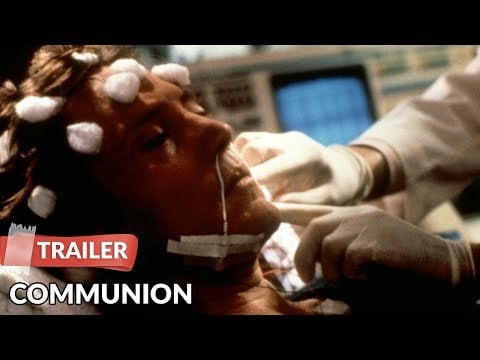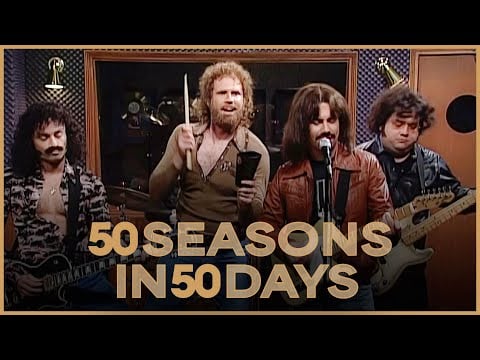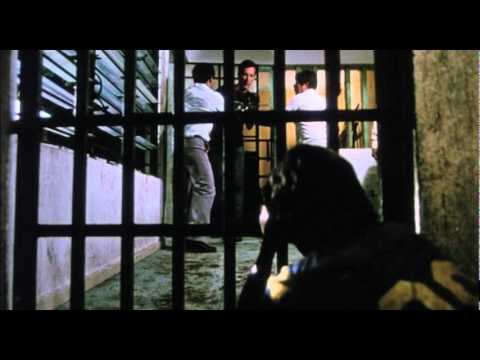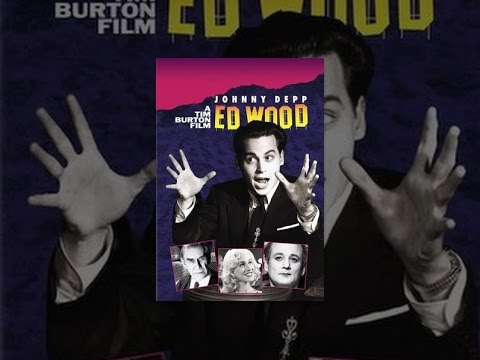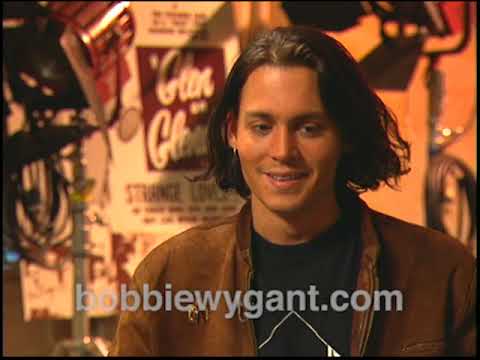Natalie Erika James’ “Apartment 7A” is a 1965-set prequel to “Rosemary’s Baby” (1968).
It stars Julia Garner as Terry, a dancer whose foot injury has made her undesirable to casting directors.
Things seem to turn around for her when she is befriended by a nice couple, Minnie and Roman Castevet (Dianne Wiest and Kevin McNally). The older couple gives her a room in their high-rise apartment, free of charge. They’re awfully nice, those Castevets, especially when they offer Terry thoughtful life advice and that necklace full of Tanis root…

Look, if you’ve seen “Rosemary’s Baby,” or any of the dozens of rip-offs (ranging from “The Devil’s Advocate” to “The Astronaut’s Wife,” both of which star Charlize Theron!) or remakes or any supernatural horror film of the past 30-years, you’ll be three steps ahead of this movie.
It’s that predictable, routine and seen-it-before. Aside from a scene where a seemingly nice-looking geriatric lady suddenly tries to stab Terry, there are no surprises.
I don’t mean to imply that the movie lacks anything worthwhile. The two lead performances are excellent and the production design is first rate. “Apartment 7A” is competently made and performed but so overly familiar, I wish it had tried harder to be even more outrageous, just to make it stand out.
The angle on Garner’s character is that she’s a dancer, which takes up much of the first act. As grueling as it is to see her struggle through agonizing rehearsals, “Black Swan” (2010) did all this far more forcefully and passionately. A moment where a dancer finds her body painfully contorting from an unseen force only made me think of the horrifying and fantastic “Suspiria” (2018).
Garner gives her all to the role and makes Terry sympathetic, even as we always know exactly what will happen to her a few scenes before it actually does. Wiest is excellent here, giving the best performance by leaning into the possible double meanings in her lines.
Still, despite how good she is, neither she nor McNally come close to matching or topping the vivid, nuanced, and frightening turns from Ruth Gordon and Sidney Blackmer from the original.
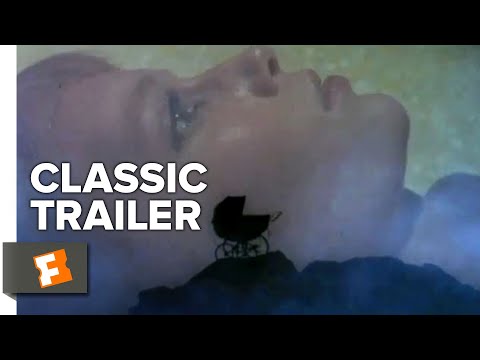
“Rosemary’s Baby” is like “Psycho” (1960) in that pop culture fixation on it has rendered it iconic but also taken some of the sting out of its tail. Whereas “Psycho” was brilliantly reimagined in the superb “Bates Motel” (2013-2017) TV series on A&E, the only truly daring twist on “Rosemary’s Baby” came from the original author Ira Levin, whose 1997 sequel novel, “Son of Rosemary” is deeply satisfying for being so batty and deliciously pulpy.
One of the best things I can say about “Apartment 7A” is that, compared to the awfully similar and truly awful “The First Omen” and “Immaculate” from earlier this year, this is the only one of those three I’d be willing to watch again.
To get right to the heart of the problem here, “Apartment 7A” is a lot like the 2011 prequel/remake of “The Thing,” where the minor pleasure of watching the dots connecting the two films is undermined by the major irritation of feature-length déjà vu.
View this post on Instagram
Another big problem are the campy dance sequences.
Whether it’s the Broadway musicals in rehearsal or a goofy dream sequence or the dopey, obvious final scene, the dance scenes here are silly enough to merit inclusion in “Stayin’ Alive” (1983) and its notorious “Satan’s Alley” finale.
James’ prior film “Relic,” about a mother and daughter struggling with the vulnerability of an ailing grandmother, was one of the best films of 2020. It’s terrifying, but deeply compassionate about caring for someone you love and watching them suffer the cruelty of aging.
The final scene of that film, which moved me to tears, has never left me.
On the other hand, the final scenes of “Apartment 7A” are about positioning this with “Rosemary’s Baby” and setting things up to establish this as a true prelude, but they needn’t have bothered. James is a good director but here, she’s like a great standup comic struggling to garner laughs from a dusty joke book.
RELATED: ‘DEVIL’S ADVOCATE’ DELIVERED SLEAZE, DEVILISH DELIGHTS
I hope her next film, whether it’s in the horror genre or not, allows her to work with original material, as “Relic” is truly one of a kind.
One of my favorite moments in the 1968 “Rosemary’s Baby” is never addressed here: early on, Rosemary is visiting the Castevets and notices a spot of blood on their rugs, which is cheerfully cleaned up and remarked as nothing to worry about.
It’s a funny moment, allowing some foreshadowing but played with a subtle, darkly comic touch. Oddly enough, it’s never reenacted here. I guess I’ll never know whose blood that was.
One and a Half Stars
The post How ‘Apartment 7A’ Betrays ‘Rosemary’s Baby’ appeared first on Hollywood in Toto.
from Movies - Hollywood in Toto https://ift.tt/zC6rH27

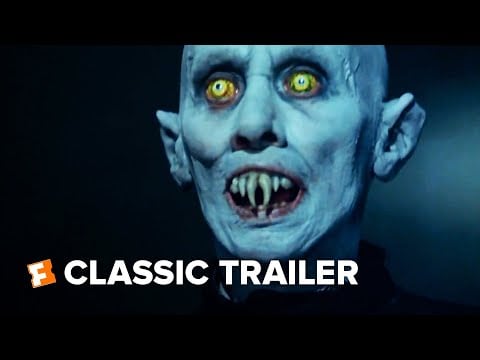
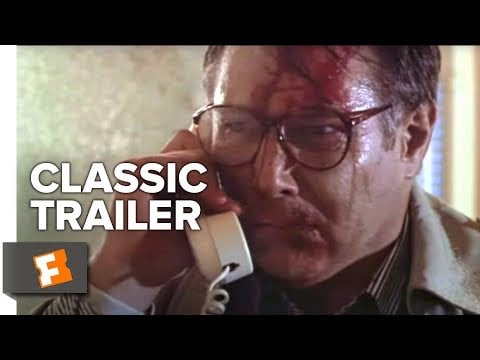
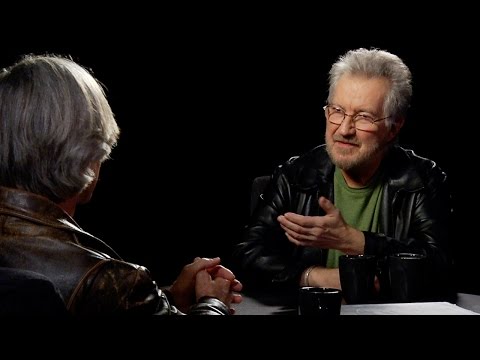

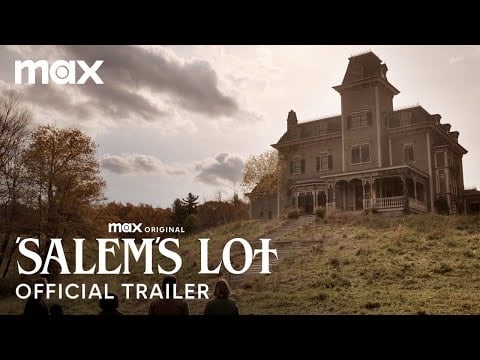


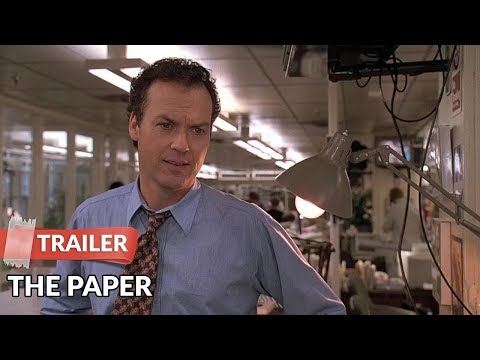
 The Paper (1994) | dir. Ron Howard
The Paper (1994) | dir. Ron Howard 
